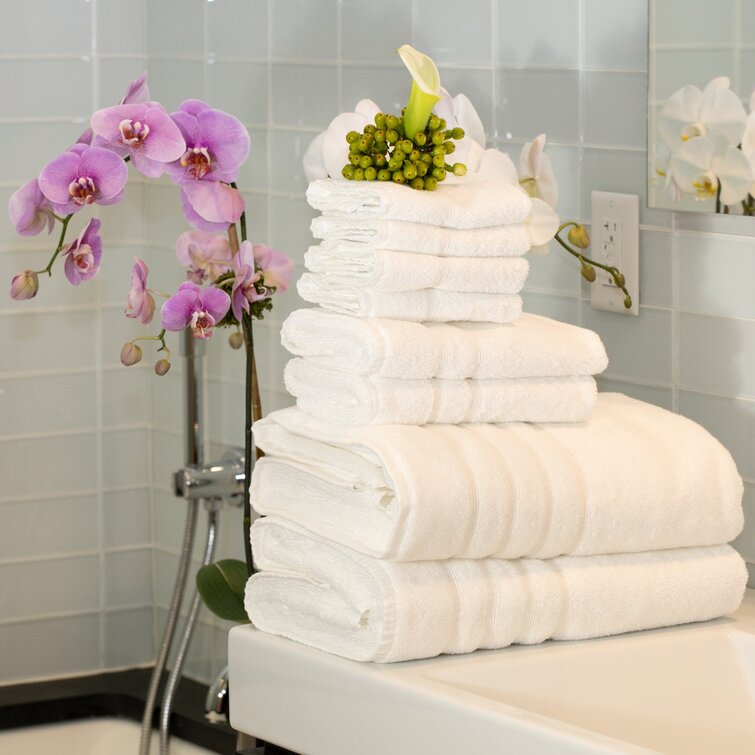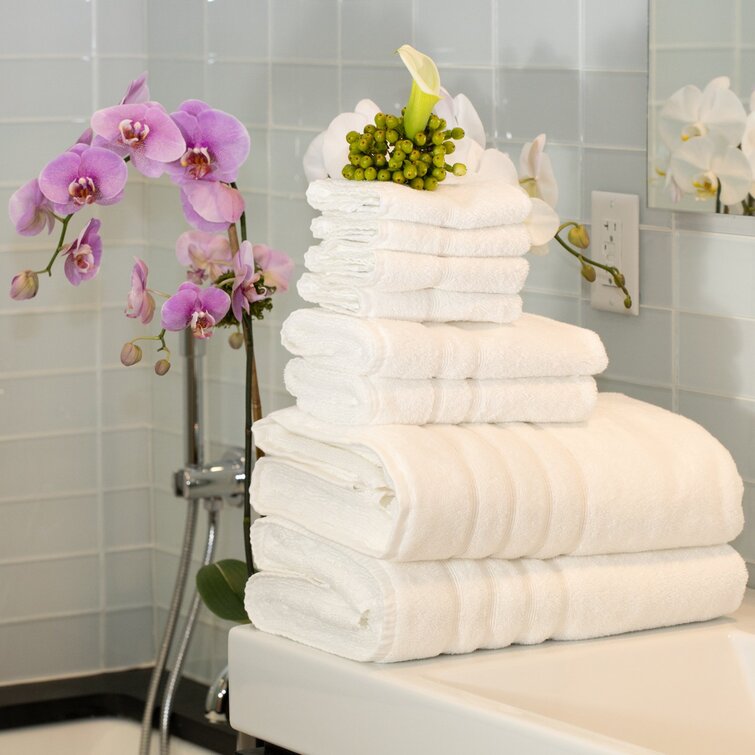
I’m excited to share with you the wonders of responsible fashion and how bamboo clothing can make a positive impact on the environment.
In this article, we will explore the environmental strain caused by traditional clothing materials and the sustainable alternative that bamboo provides.
Discover the advantages of bamboo clothing, from its ability to reduce water consumption to its contribution in lowering carbon footprints.
Let’s delve into the role bamboo clothing plays in conserving biodiversity and creating a greener future.
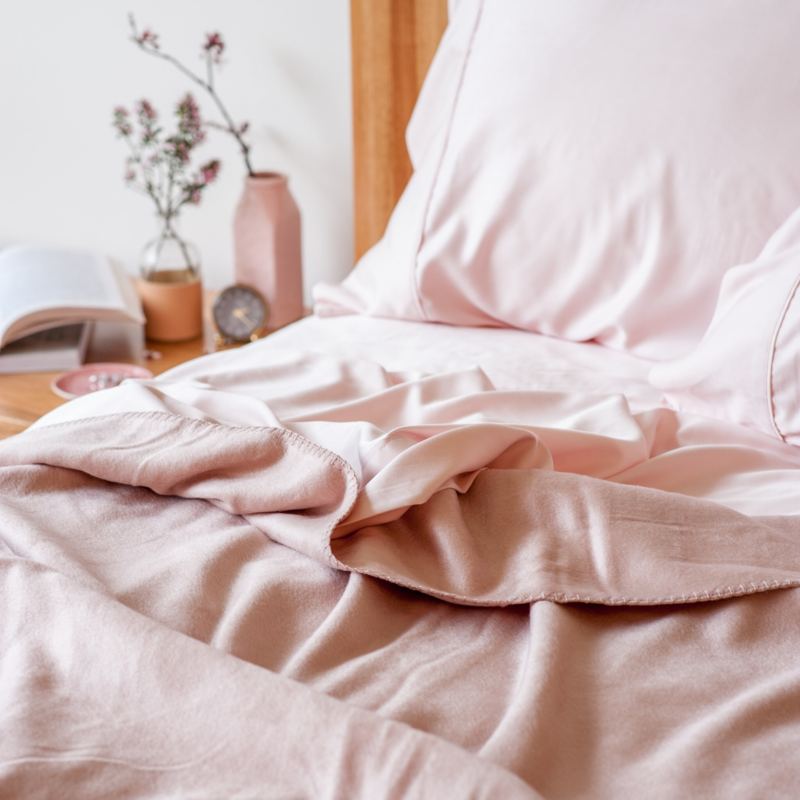
Key Takeaways
- Bamboo clothing reduces water consumption compared to traditional materials.
- Bamboo clothing contributes to lowering carbon footprints.
- Bamboo clothing helps preserve natural habitats and supports biodiversity conservation.
- Bamboo clothing is a sustainable and eco-friendly choice that promotes a more sustainable fashion industry.
The Environmental Impact of Traditional Clothing Materials
The environmental impact of traditional clothing materials is significant and can be reduced by opting for bamboo clothing. When it comes to traditional materials like cotton and polyester, there are several factors that contribute to their negative impact on the environment.
Cotton, for instance, requires immense amounts of water for cultivation and often involves the use of harmful pesticides. Polyester, on the other hand, is derived from non-renewable fossil fuels and releases harmful microplastics into the environment during production and washing.
In contrast, bamboo clothing offers a more sustainable alternative. Bamboo is a fast-growing plant that requires less water and no pesticides for cultivation. Additionally, bamboo fabrics are biodegradable and do not release microplastics, making them a responsible choice for environmentally-conscious individuals.
Bamboo as a Sustainable Alternative
When it comes to sustainable fashion, one key aspect to consider is the use of eco-friendly materials.
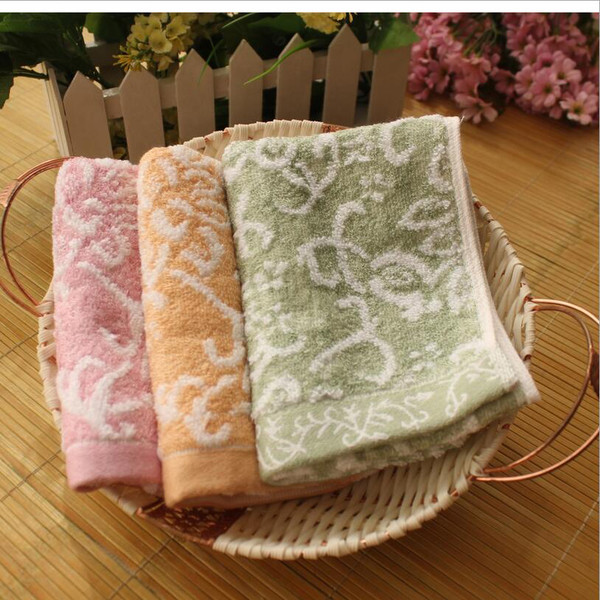
One such material that stands out is bamboo fabric, which offers various environmental benefits.
Not only does it require reduced water consumption compared to traditional materials, but it is also biodegradable and renewable, making it a great choice for conscious consumers.
Eco-Friendly Bamboo Fabric
Bamboo fabric is a great choice for eco-friendly fashion. It’s incredibly sustainable and has numerous benefits for both the environment and the wearer. Not only does bamboo grow quickly and require minimal water and pesticides, but it also regenerates naturally, making it a renewable resource.
The production process of bamboo fabric is also much more eco-friendly compared to other fabrics. It uses less energy and emits fewer greenhouse gases, reducing its carbon footprint. Additionally, bamboo fabric is naturally hypoallergenic, antimicrobial, and moisture-wicking, making it a comfortable and versatile choice.
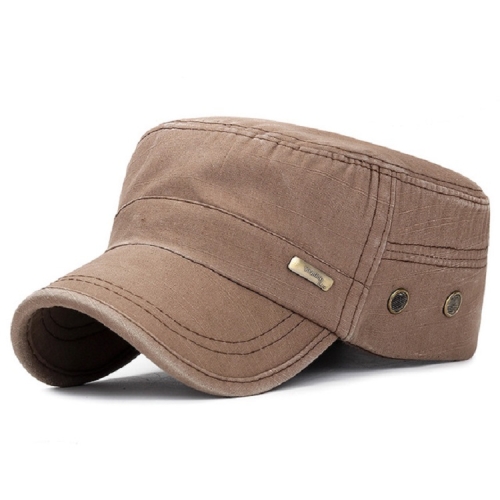
It’s also incredibly soft and feels luxurious against the skin. When I wear bamboo clothing, I not only feel good about my fashion choices but also about reducing my impact on the environment.
Reduced Water Consumption
You can reduce your water consumption by choosing bamboo fabric for your clothing. Bamboo is a highly sustainable plant that requires significantly less water compared to other crops used in textile production. As a result, the production of bamboo fabric uses less water throughout the entire manufacturing process.
This is especially important considering that the fashion industry is one of the largest consumers of water globally. By opting for bamboo clothing, you are not only making a conscious choice for the environment, but also reducing your personal water footprint.
Additionally, bamboo fabric has natural moisture-wicking properties, which means it absorbs and evaporates moisture more efficiently, keeping you dry and comfortable. So, by making the switch to bamboo clothing, you are not only making a fashion statement, but also contributing to water conservation efforts.
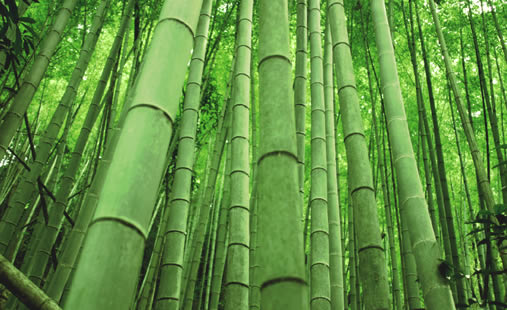
Biodegradable and Renewable
Opting for bamboo fabric is a great choice because it is both biodegradable and renewable. When I first learned about the environmental impact of the fashion industry, I wanted to make a change in my shopping habits. That’s when I discovered bamboo clothing.
Not only is it stylish and comfortable, but it also aligns with my values of sustainability. Bamboo is a fast-growing plant that requires minimal water and no pesticides to grow, making it a renewable resource. Additionally, when bamboo fabric is disposed of, it naturally decomposes without leaving harmful chemicals behind.
This biodegradability means that it won’t contribute to the growing issue of textile waste in landfills. By choosing bamboo clothing, I feel like I am making a small but significant difference in reducing my carbon footprint.
Advantages of Bamboo Clothing for the Environment
When it comes to sustainable fabric choices and natural resource conservation, bamboo clothing stands out as a great option.
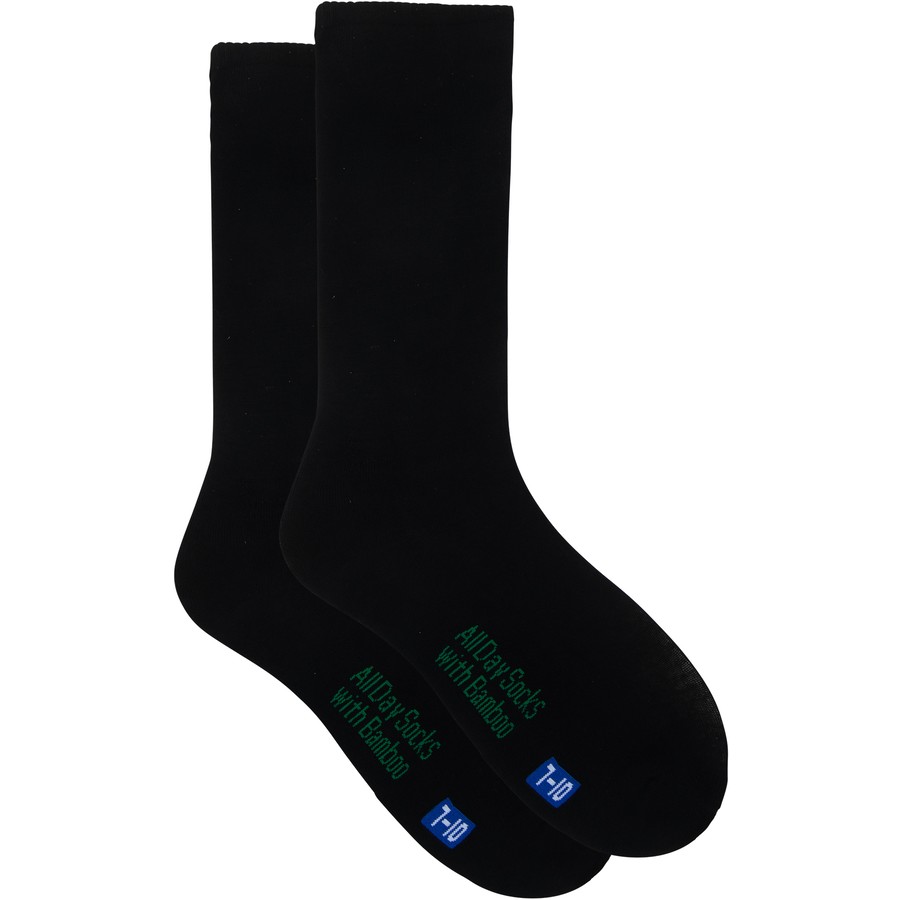
Not only is bamboo a rapidly renewable resource, but it also requires minimal water and pesticides to grow.
Sustainable Fabric Choice
If you’re looking for a sustainable fabric choice, consider bamboo clothing. Not only is bamboo a highly renewable resource, but it also requires less water and pesticides compared to other fabrics.
As someone who cares about the environment, I find it important to make conscious choices when it comes to my clothing. Bamboo clothing offers a great alternative to traditional fabrics like cotton or polyester, which have a significant negative impact on the environment.
By choosing bamboo clothing, I can make a small but meaningful difference in reducing my ecological footprint. Plus, bamboo fabric is incredibly soft, breathable, and hypoallergenic, making it a comfortable and healthy choice for my wardrobe.
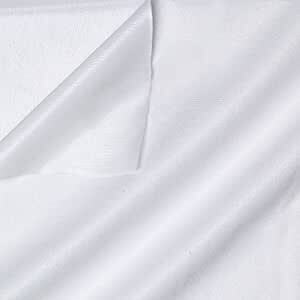
Natural Resource Conservation
After learning about sustainable fabric choices, let’s now delve into the topic of natural resource conservation in relation to bamboo clothing.
When I first discovered that bamboo could be used as a fabric, I was amazed by its ability to grow rapidly and abundantly without the need for harmful pesticides or excessive water. This sustainable plant can be harvested within a few years and regenerates quickly, making it a renewable resource.
In comparison to conventional cotton production, bamboo requires significantly less land and water, reducing the strain on our environment. Moreover, bamboo forests help purify the air by absorbing more carbon dioxide and releasing more oxygen than other trees.
How Bamboo Clothing Reduces Water Consumption
By wearing bamboo clothing, you can significantly reduce water consumption in the fashion industry. Bamboo is a highly sustainable and eco-friendly material that requires minimal water to grow. Unlike conventional cotton, which needs massive amounts of water to thrive, bamboo can flourish with just natural rainfall.
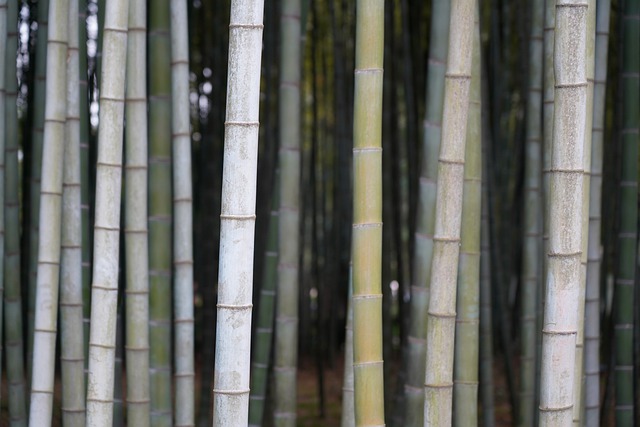
This means that by choosing bamboo clothing, you are actively contributing to the conservation of water resources. Additionally, bamboo fabric has excellent moisture-wicking properties, meaning it can efficiently absorb and evaporate sweat, keeping you dry and comfortable throughout the day.
This reduces the need for excessive washing, which further saves water. So, not only do you get to enjoy the softness and breathability of bamboo clothing, but you also get to be a part of the solution by conserving water in the fashion industry.
Bamboo Clothing and Carbon Footprint Reduction
You can reduce your carbon footprint by choosing to wear bamboo clothing. Bamboo is a highly sustainable material that grows rapidly and requires no pesticides or fertilizers. The production of bamboo clothing emits significantly fewer greenhouse gases compared to traditional cotton or synthetic fabrics.
As a consumer, I feel empowered knowing that my choice in clothing can have a positive impact on the environment. Bamboo clothing also has natural temperature-regulating properties, which means I can stay comfortable without relying on energy-intensive heating or cooling systems.
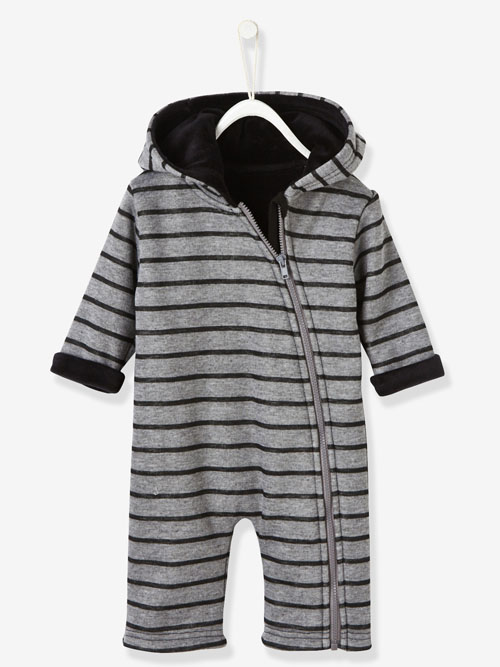
The Role of Bamboo Clothing in Biodiversity Conservation
To embrace the role of bamboo clothing in biodiversity conservation, consider the positive impact it has on preserving natural habitats and supporting diverse ecosystems.
Bamboo is a fast-growing plant that requires no pesticides or fertilizers, making it an eco-friendly alternative to traditional fabric materials. By choosing bamboo clothing, I am actively contributing to the reduction of deforestation and the destruction of animal habitats.
Bamboo forests provide shelter and food for a variety of species, including endangered animals like the giant panda. Additionally, the cultivation of bamboo helps to maintain soil quality and prevent erosion, which is crucial for the overall health of ecosystems.
Frequently Asked Questions
How Does the Production of Traditional Clothing Materials Impact the Environment?
The production of traditional clothing materials impacts the environment through resource-intensive processes, such as pesticide use, water pollution, and carbon emissions. We need sustainable alternatives like bamboo clothing to reduce this strain.
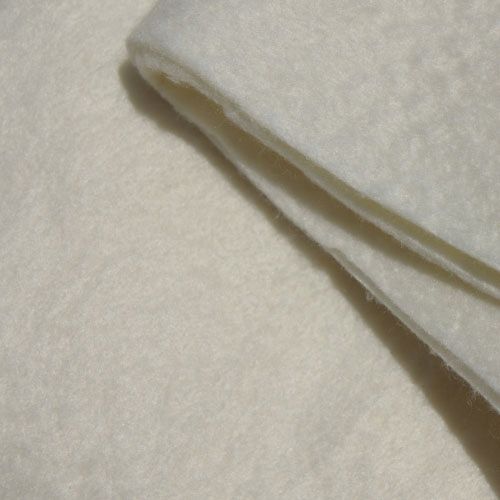
What Are the Benefits of Using Bamboo as a Sustainable Alternative to Traditional Clothing Materials?
Using bamboo as a sustainable alternative to traditional clothing materials offers several benefits. It reduces environmental strain by requiring less water and pesticides to grow, and it is biodegradable, making it a more responsible choice for fashion.
How Does Bamboo Clothing Contribute to Reducing Water Consumption?
Bamboo clothing reduces water consumption by requiring less irrigation compared to traditional materials. It is a sustainable alternative that helps minimize the strain on our environment while still providing fashionable and comfortable clothing options.
In What Ways Does Bamboo Clothing Help in Reducing Carbon Footprint?
Bamboo clothing helps reduce my carbon footprint in several ways. Bamboo grows quickly and absorbs more carbon dioxide than other plants, reduces the need for chemical fertilizers, and requires less water and energy to produce.
Can Bamboo Clothing Play a Role in Biodiversity Conservation?
Yes, bamboo clothing can play a role in biodiversity conservation. Bamboo is a highly sustainable resource that grows quickly and does not require pesticides or fertilizers, making it an eco-friendly choice for fashion.
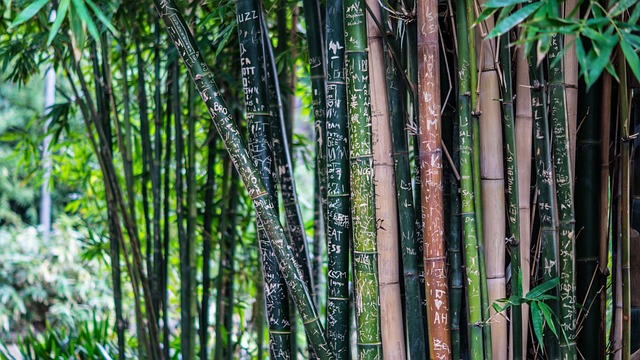
Conclusion
In conclusion, I’m convinced that bamboo clothing is a responsible choice for reducing environmental strain. Its sustainable production and cultivation methods make it a great alternative to traditional clothing materials.
Not only does it reduce water consumption during production, but it also helps in reducing carbon footprints. Additionally, by promoting biodiversity conservation, bamboo clothing proves to be a valuable asset in creating a more sustainable and eco-friendly fashion industry.
I’m excited to support responsible fashion by incorporating bamboo clothing into my wardrobe.
